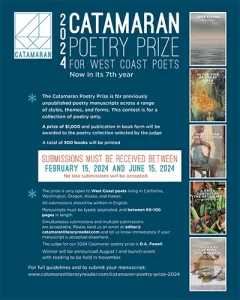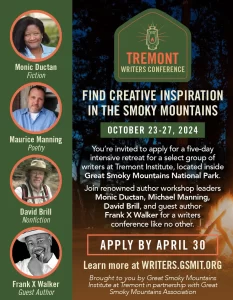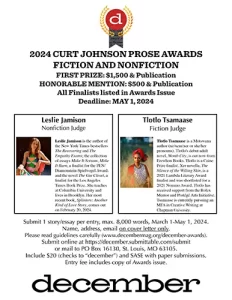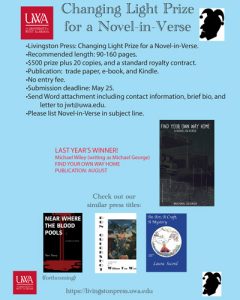Copper Nickel – 2009
Issue 12
2009
Biannual
Sima Rabinowitz
Copper Nickel 12 isn’t a theme issue, but a theme of sorts emerges nonetheless, or at least an organizing principle that is highly appealing and largely successful – how do we relate to the things, the stuff, the variety and quantity of forms and objects around us, human and non-human. It begins with the gloriously evocative cover photograph by Chris Morris from his series “Forgotten History.” Six additional photos in the series appear in the issue, along with the photographer’s remarks. The photos document abandoned homesteads in the area where Morris grew up, and capture the decay (which he does beautifully) and the photographer’s sense of “personal connection” to these “spaces.” Each is a vast landscape of what is missing and yet still exists, highlighted by an outdated or antiquated object (the rotary phone on the magazine’s cover).
Copper Nickel 12 isn’t a theme issue, but a theme of sorts emerges nonetheless, or at least an organizing principle that is highly appealing and largely successful – how do we relate to the things, the stuff, the variety and quantity of forms and objects around us, human and non-human. It begins with the gloriously evocative cover photograph by Chris Morris from his series “Forgotten History.” Six additional photos in the series appear in the issue, along with the photographer’s remarks. The photos document abandoned homesteads in the area where Morris grew up, and capture the decay (which he does beautifully) and the photographer’s sense of “personal connection” to these “spaces.” Each is a vast landscape of what is missing and yet still exists, highlighted by an outdated or antiquated object (the rotary phone on the magazine’s cover).
This suite of photos is followed by another, vastly different, equally compelling and stunning, by Joann Brennan, called “Managing Eden.” These photos examine our relationship to wilderness and nature, each one strikingly different from the next so that we can see the photographer’s amazing talent at focusing on multiple views, as well as a single moment of experience (a portrait of a bear’s head, mouth open wide to reveal rather extraordinary teeth). The two series of photographs are followed immediately by “System of Totems,” by James Hoch, a wonderful poem that accomplishes much of what these photos do, compiling the material of the world and turning it into an atmosphere or mood.
Compiling and compounding our experience of the stuff and emotions of life is the driving aesthetic of the issue, which includes two list poems of 50 entries each, part of a series of 50, by Blake Butler; Ann Gorrick’s “Twenty-First Century Girls: A Semi Cento”; John Findura’s un-numbered list “Things I Don’t Like Talking About”; and Carolyn Kuebler’s “Theory of Happiness,” which is a list of a different sort, as there are more links between the entries, but which reads like a list for its form, and in which many verses are list-like in their intention to present a single item to consider alongside the poem’s more philosophical movement. All of this work is engaging and evocative.
Jennifer Fortin’s prose poem “Ghost Print of Cognate,” is an example, it seems to me, of what the journal defines as its editorial predilections (“traditional and incipient forms”). Fortin’s work belonging to this latter category. Hers is a list of an entirely different sort, a kind of unraveling backwards of meaning: “Endorsement despite the dearth of heart pares the voiceless fricative,” the piece begins.
A departure from this theme/principle (though not the only one, this is a large issue and there are many non-list poems, too, and a few short stories) is a very entertaining short personal essay by Box Bowles, “American History with Elvis and a Frenchman: A Mostly True Account of My Morning with A Literary Legend of Whom I’d Never Heard.” If you’ve ever been saddled with the responsibility of escorting a visiting writer/artist/speaker on a college campus to and from the airport and/or other venues, you will find this essay especially satisfying, but you don’t have to have had the experience to appreciate this writer’s jaunty tone or ability to capture odd and comic details.
As far as lists of the things we connect to and which populate our environment go, add Copper Nickel to the list of things you intend to read soon.
[www.copper-nickel.org]




